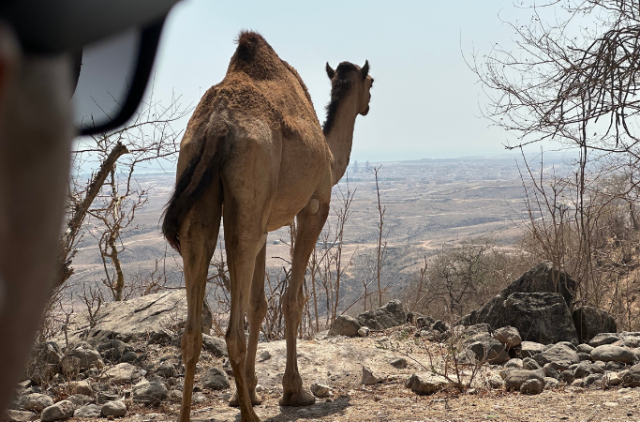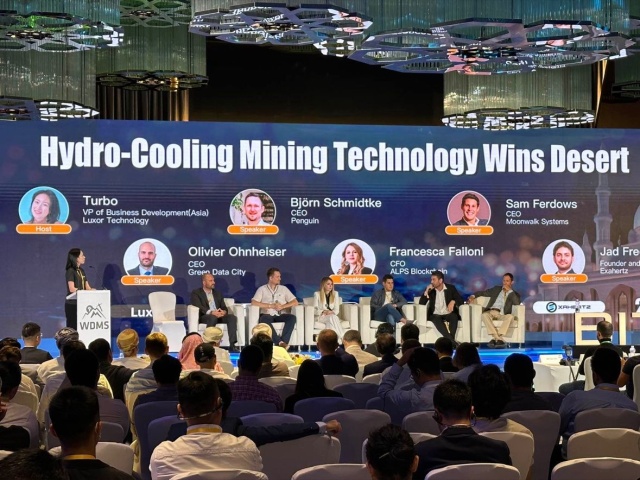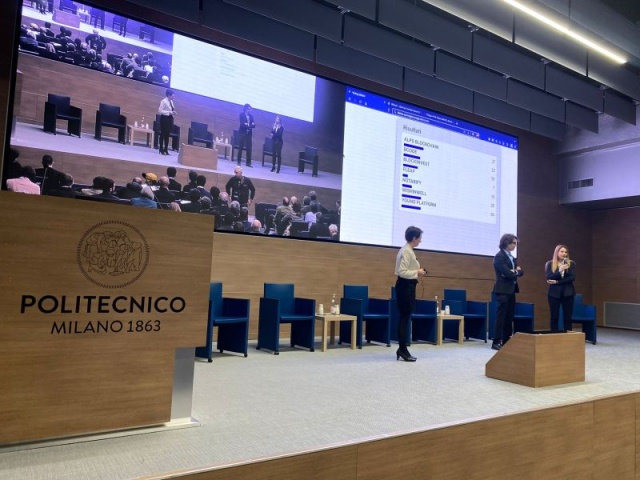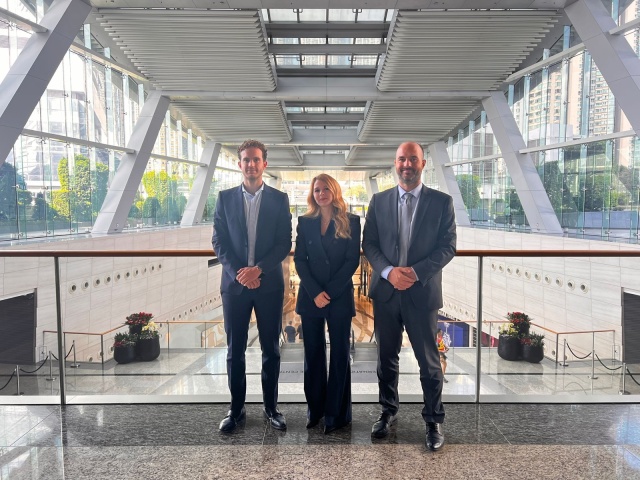On 7 June, we attended the Metaforum in Milan, an important opportunity to reflect on the current role and future prospects of mining in the blockchain ecosystem. A sector that is becoming increasingly important, not only in the cryptocurrency market, but also in the energy market, influencing energy supply and demand and contributing to a more sustainable energy future.
The Decision-Making Power of Miners
A recent wave of activity has stimulated the creation of new tokens, the BRC20, BRC30, and BRC271, on the Bitcoin blockchain. These tokens, born as experiments, have generated a large number of transactions, causing considerable congestion on the Bitcoin network. In this context, Bitcoin miners found an unexpected opportunity: congestion led to an increase in transaction fees, doubling the profitability of mining.
This period of fervour triggered a debate among Bitcoin developers on whether or not to implement updates to limit the creation of tokens such as BRC20, BRC30, and BRC271, to prevent future network congestion. This highlighted the decision-making role of miners. In fact, the decision to proceed with such an update is made by the mining pools, which are the 'helmsmen' in guiding the development of Bitcoin's blockchain.
Mining and Energy Sustainability
Mining is emerging as a useful tool to manage renewable energy efficiently. Through 'curtailment', miners can utilise excess energy in places where it is more abundant, stabilising the power grid. This process is facilitating the construction of new renewable energy plants in remote locations, contributing to a more sustainable energy future.








